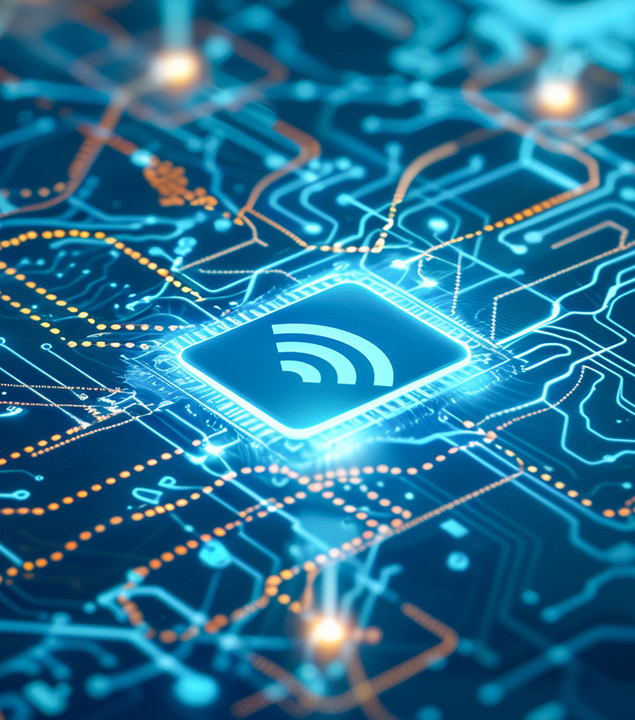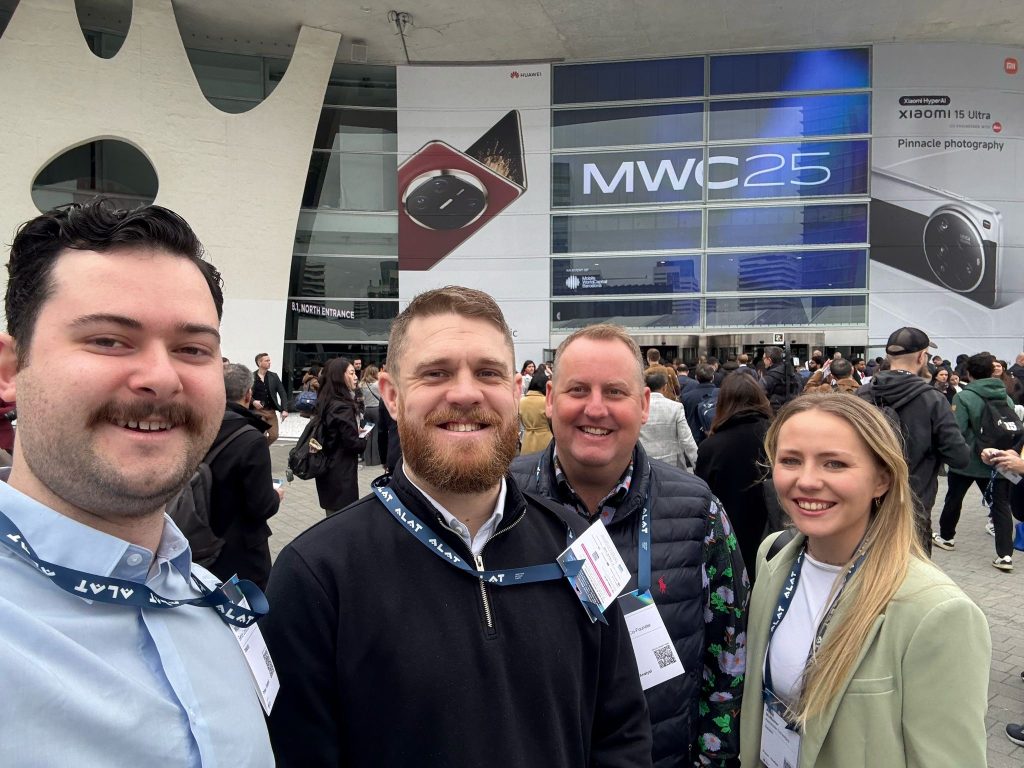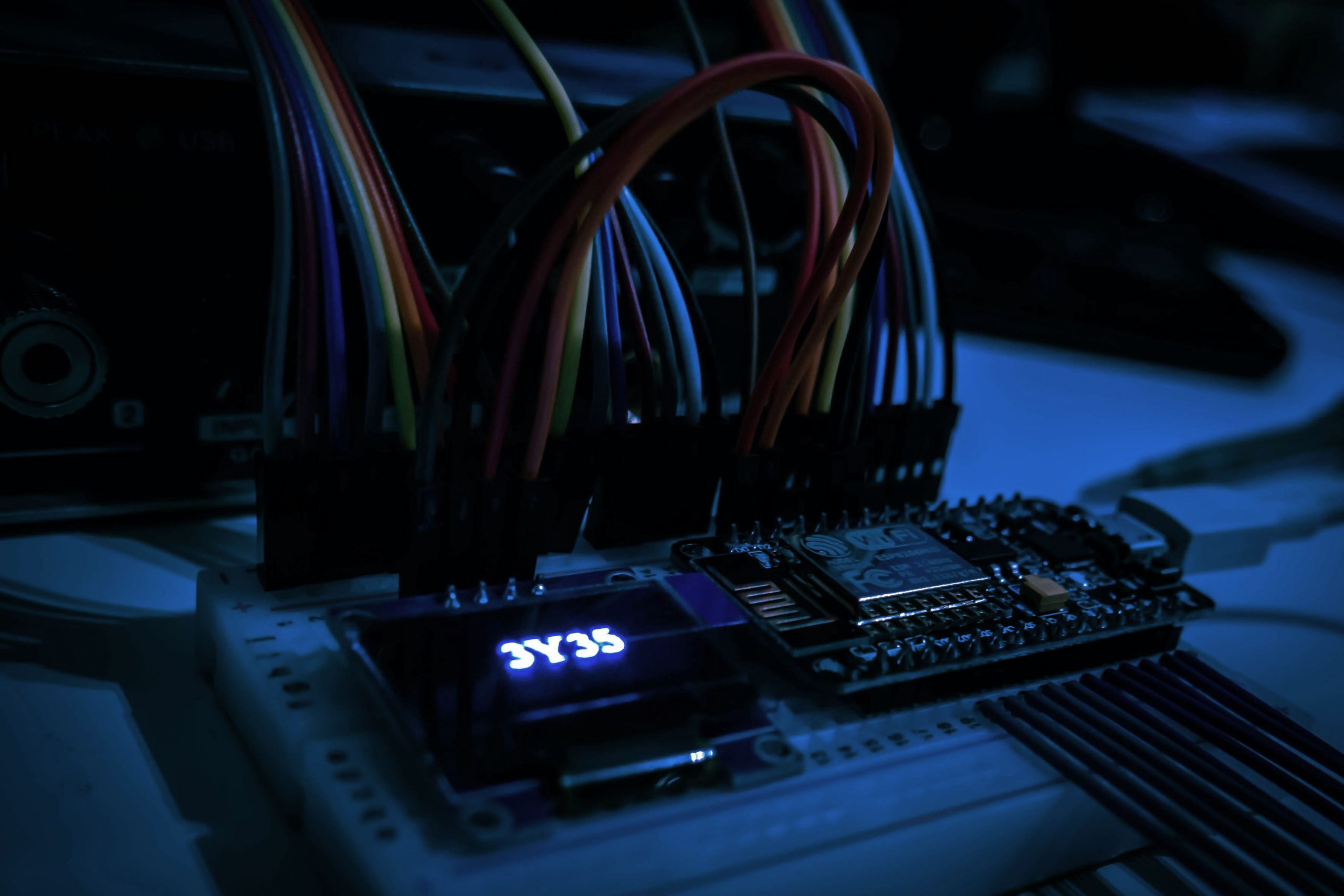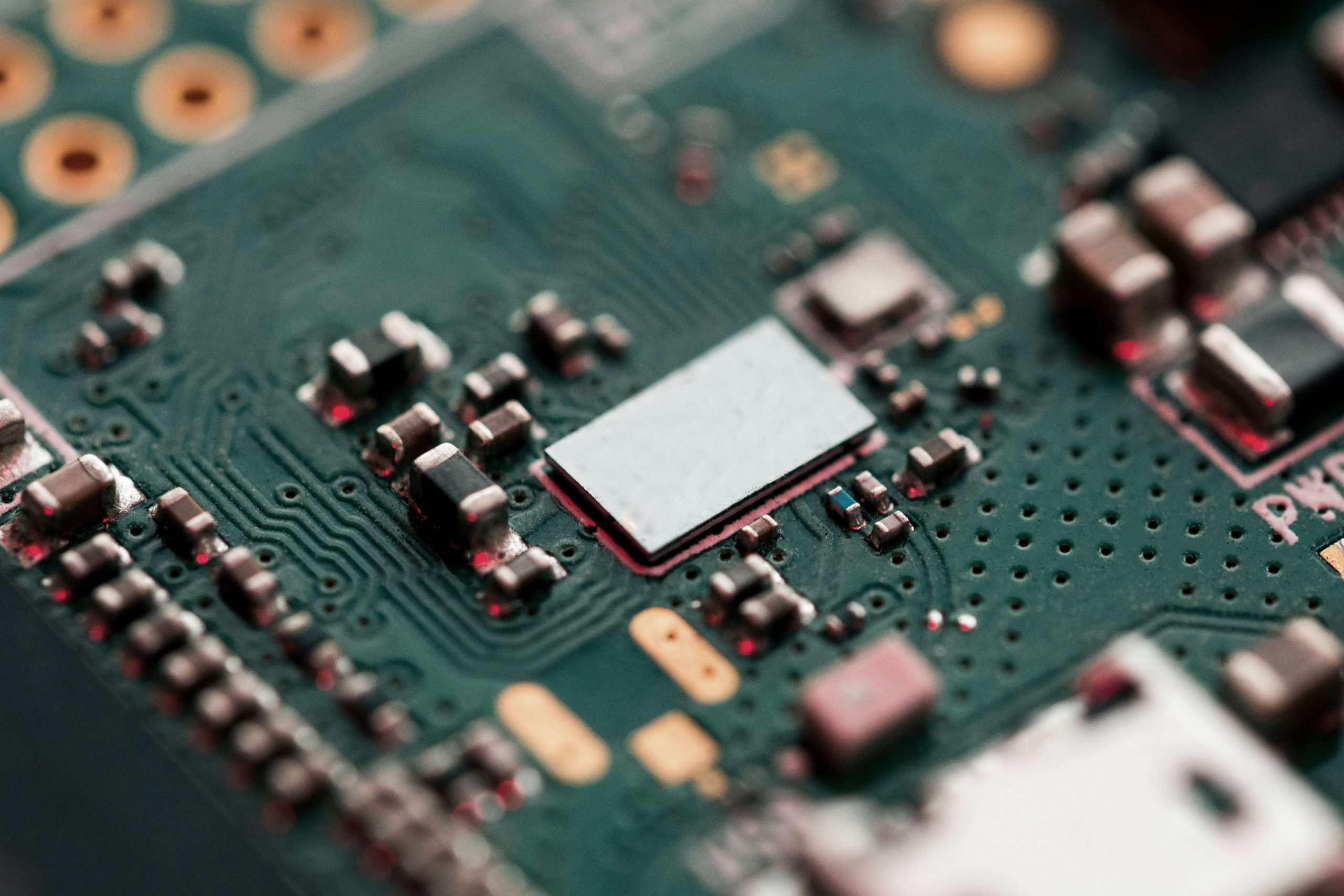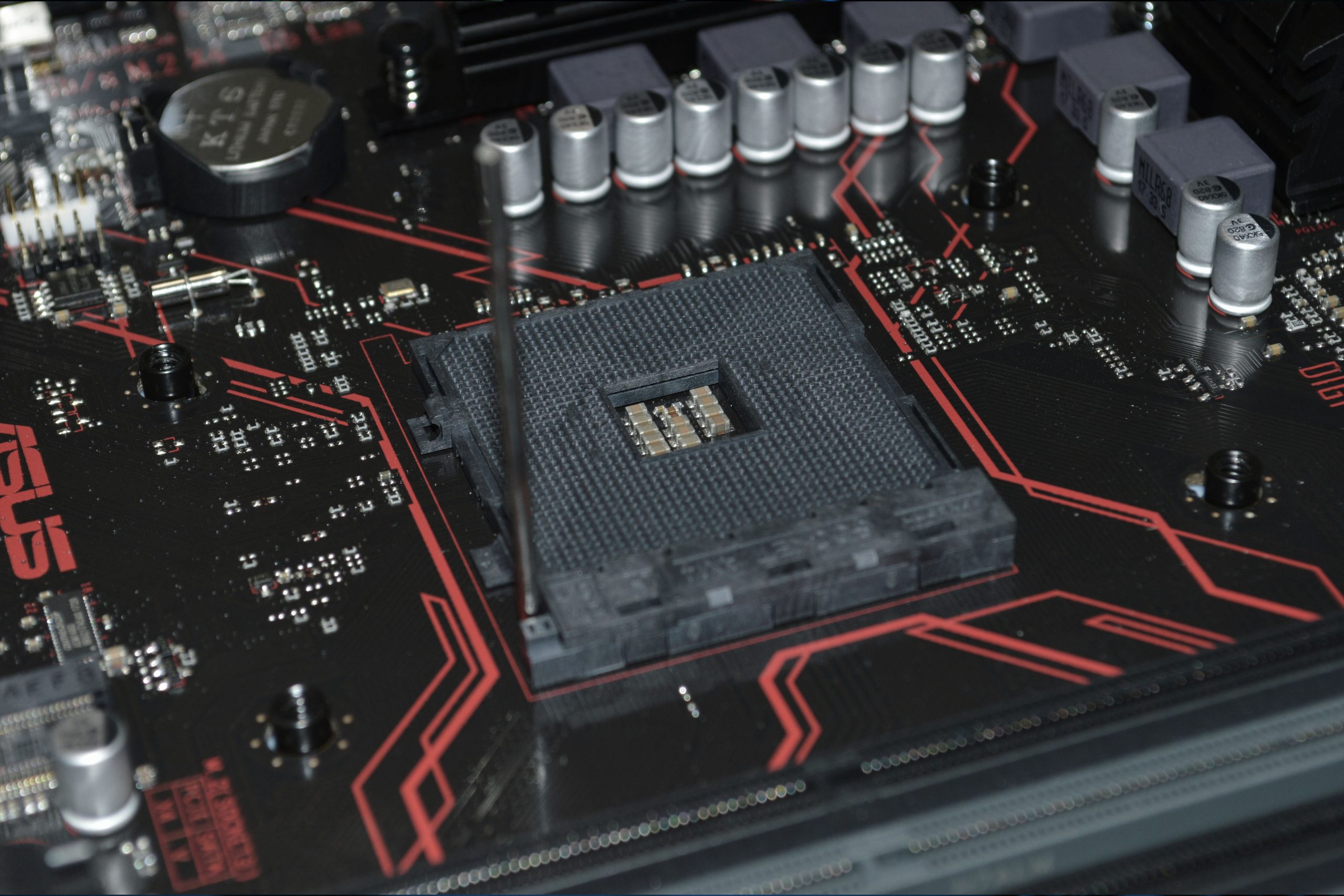From the team at neuco
When operating at a senior or executive level, your CV isn’t just a summary of your experience – it’s a strategic document that should reflect your leadership impact, vision, and the measurable value you’ve delivered. At neuco, we regularly support senior-level talent in positioning themselves effectively for global opportunities, and we’ve compiled these high-level recommendations to help refine and elevate your CV.
Prioritise Relevance
At this stage in your career, it’s not about listing everything – it’s about what matters most to the roles you’re targeting. Strip out early-career positions or unrelated part-time work unless they offer significant, transferable value.
Tip: Focus on your last 3-4 roles, ensuring they demonstrate scope, progression, and impact.
Show Your Impact – Tangibly
Data drives decisions. Whether it’s revenue growth, cost-saving initiatives, or successful turnarounds, back your achievements with numbers wherever possible.
For example:
“Led a team of 50+ across three regions, delivering 23% YoY revenue growth.”
“Reduced operational costs by 18% through supply chain restructuring.”
Make Your Contribution Clear
If a team delivered a major initiative, clarify your individual contribution. What role did you play in its success? What decisions did you lead? What roadblocks did you remove?
Recruiters and boards want to understand your unique leadership style and capabilities.
Tailor for Strategic Alignment
Your CV should reflect where you’re going – not just where you’ve been. Tailor it subtly for each opportunity, emphasising alignment with the organisation’s challenges, sector, and objectives.
Particularly if you have a hybrid background, tailor your CV to focus on and highlight the most relevant experience to the opportunity you are applying for.
Structure for Readability
Even the most experienced professionals can benefit from a clean, modern CV layout.
- Stick to 1–3 pages
- Use a clear hierarchy: Company | Role | Dates
- Highlight promotions and internal progression
- Keep role descriptions short and focus on key tangible achievements
- Include a short executive summary at the top
- Avoid over-styled formatting – keep it professional and easy to digest
File Format: PDF only
Hyperlinks: Ensure they work (LinkedIn, portfolio, publications)
Context Is Key
For global or niche-sector experience, offer context.
For example:
- Was the company pre/post-IPO?
- Was your division a new launch or a turnaround?
- Were you leading through M&A, restructuring, or scale-up?
This is especially important when the company is lesser known or has undergone an acquisition or rebranding.
Consider Regional Differences
If applying internationally, be mindful of CV norms:
- Photos and addresses may be standard in parts of Europe
- UK/US CVs typically exclude these
- We’re happy to advise on formatting and expectations by region
Be Honest About Contract Work or Gaps
One of the most common concerns we have from hiring managers is around candidates appearing ‘jumpy’, so where relevant, be sure to add in the context for role changes.
If you’ve held interim or consultancy roles, state this clearly. Similarly, if the company has been acquired, or you left during a transition period, add a line of explanation to avoid assumptions.
Need Help Refining Your CV?
neuco specialises in global executive search across Satellite & NewSpace, Connectivity, Content & Media, and Cyber Security. If you’re considering your next move or want a confidential review of your CV, reach out. We’d be happy to help!
Email us at [email protected]

